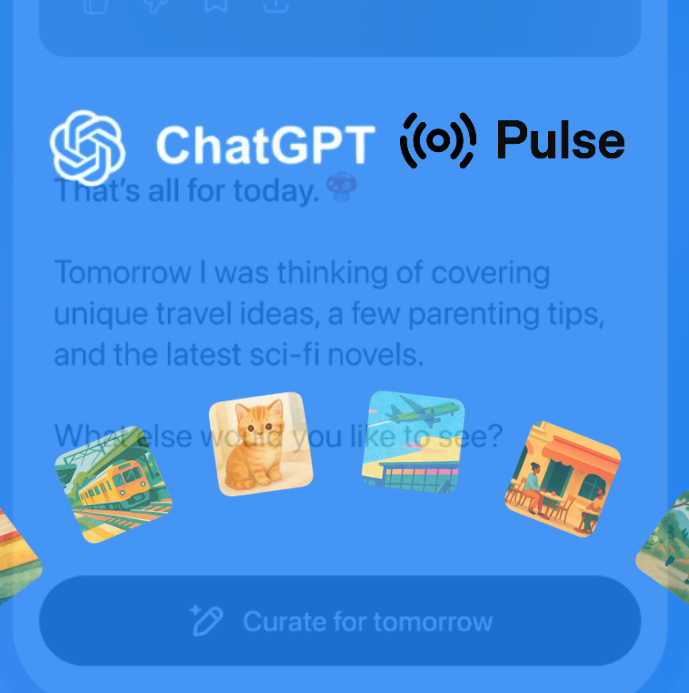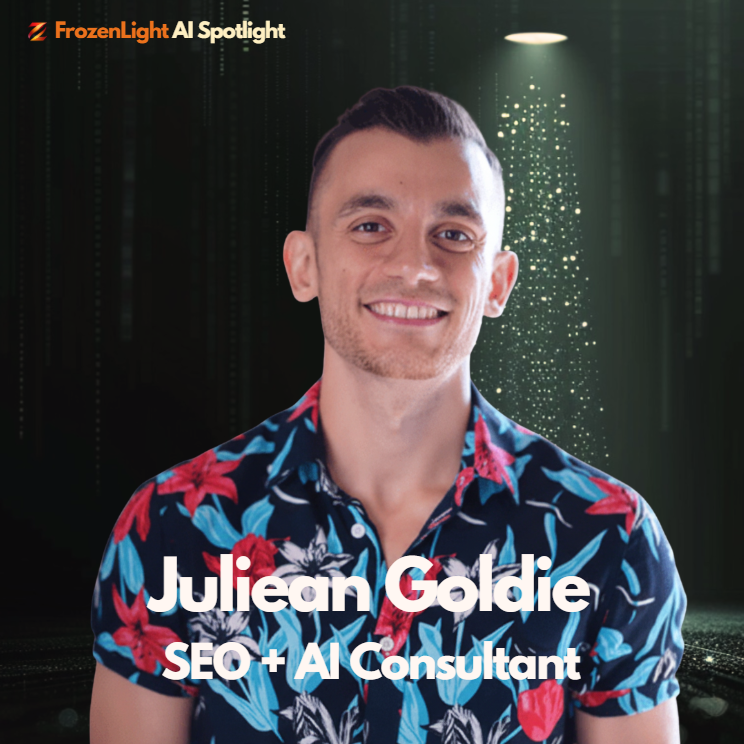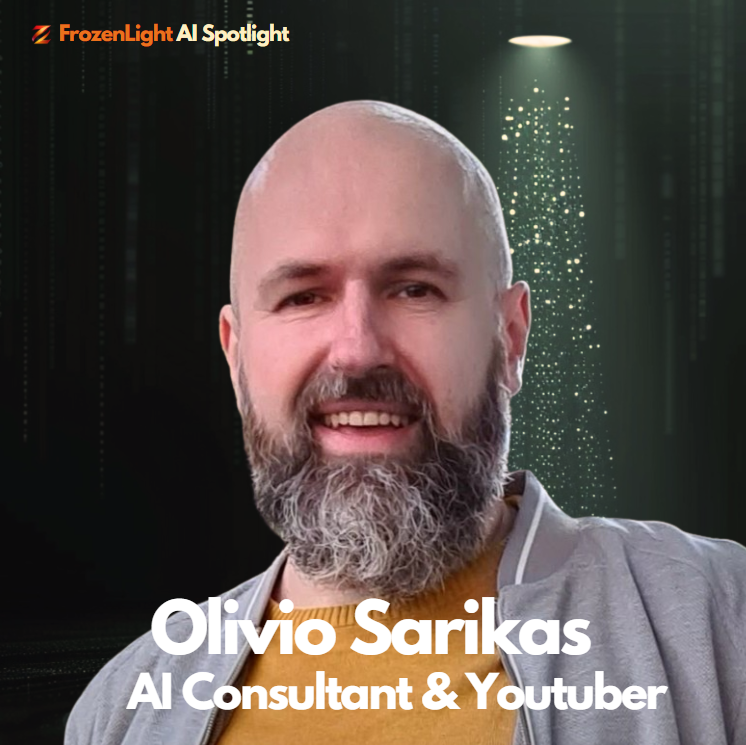
YouTube’s recent update to its monetization policies could be a game-changer for AI-generated content creators. The platform is cracking down on what it deems “inauthentic” content, aiming to prevent AI-driven spam from making money off its platform.
YouTube is tightening the rules for creators looking to monetize their content. The platform now has stricter policies around AI-generated material, banning the monetization of spammy, low-effort content, and enforcing rules around what’s considered authentic. They’re looking to make sure that content creators are producing original and high-quality work - not just mass-producing videos using AI tools to fill gaps.
What YouTube Is Saying
YouTube is updating its monetization policies to better spot "inauthentic" content, particularly mass-produced and repetitive videos often seen as spam. This update is part of their effort to ensure that monetized content is original, high-quality, and provides real value to viewers.
Rene Ritchie, YouTube's editorial head, explained the changes as follows:
“This kind of content has been ineligible for monetization for years, and it’s content that viewers often consider spam.” (The Verge)
The platform clarified that while AI-generated videos are still allowed, they must meet the same standards of originality and engagement required of all content. The changes aim to prevent low-effort, repetitive videos from being monetized while promoting content that truly engages and adds value for users.
What That Means (In Human Words)
It all comes down to YouTube no longer tolerating AI-generated videos that add zero value. If you're using AI tools to pump out low-effort content just to make a quick buck, you’re going to hit a wall. YouTube wants creators to step up their game - the days of flooding the platform with repetitive, mass-produced videos are over.
What YouTube is saying is simple: If your videos don’t bring something original, engaging, or useful to the table, you won’t make money. If your content feels like spam or is too predictable, it’s not going to fly anymore.
So, if you’ve been churning out AI-generated content hoping for easy revenue, it’s time for a reality check. Originality and quality will be your ticket to making it in YouTube’s monetization world. Get creative, or get left behind.
Let’s Connect the Dots
YouTube is saying they’re not changing anything, they’re just getting better at enforcing what we already agreed to when we clicked “I agree.” We’re all guilty of skipping over those small letters, right? So, let’s take a look at what they actually mean by "value content" and copyright - break it down in simple terms.
Current Definition of "Value Content"
YouTube defines "value content" as content that provides originality and authenticity, offering meaningful and engaging experiences for viewers. The platform expects creators to produce content that isn’t just recycled or mass-produced. They want videos that either educate, entertain, or inspire viewers, adding something new to the conversation rather than just filling space.
In YouTube’s own words:
“Content that is created primarily for the enjoyment or education of viewers. Content should not be repetitive, low-effort, or artificially inflated for views.”
So, in a nutshell: YouTube wants real value in the form of creativity, originality, and engagement. If you’re just repurposing content or churning out low-effort videos, that’s not cutting it. For more details, you can check out the full policy here: YouTube’s Monetization Policies.
Current Definition of Copyright
YouTube defines copyright as the legal right granted to the creator or owner of a piece of content to control how that content is used. In simple terms, if you didn’t create it, you need to make sure you have permission to use it. Copyright infringement occurs when you use someone else’s work without proper authorization. YouTube is committed to respecting creators’ rights and ensuring that only original or properly licensed content is uploaded.
Criteria for Copyright Compliance
Ownership and Licensing:-
You must own the content you upload or have permission to use it. This means either you created it yourself, or you’ve secured the necessary licenses (for example, music or stock footage). If you don’t have explicit permission, using copyrighted content without proper licensing can get your content flagged or removed.
-
Fair Use allows creators to use copyrighted material without permission under certain circumstances, such as for commentary, criticism, or educational purposes. But be careful - YouTube expects substantial transformation. Simply adding a small edit or brief commentary won’t be enough to avoid copyright issues. Your use of the content must be significant enough to change its original purpose or meaning.
-
YouTube uses a system called Content ID, which automatically scans videos for copyrighted content. If your video includes material that’s owned by someone else, Content ID will flag it. The content owner can then decide whether to monetize it, block it, or track its views.
-
If your content is found to infringe on copyright, YouTube issues a strike. Accumulating three strikes results in your channel being banned. YouTube takes copyright very seriously, and violations can lead to the removal of monetization privileges or even permanent channel termination.
-
To avoid copyright issues, YouTube encourages creators to produce transformative content - this means adding value, such as commentary or education, to the original work. If your content simply reuses material without significant changes or added value, it will likely violate YouTube's copyright policies.
AI-Specific Content and Copyright
While YouTube doesn’t explicitly call out AI-generated content in their policies, the principles for copyright compliance still apply. Here's how YouTube's policies intersect with AI content:
AI-Generated Content Still Requires Permission:
-
If you're using AI tools (like text-to-video platforms, deepfakes, or AI-generated art) that incorporate copyrighted materials - such as a popular song, movie clips, or images - you need to have the proper licenses or permissions to use those materials. Using AI to generate content doesn’t exempt you from copyright rules.
-
If you’re using AI to create content that falls under Fair Use (like commentary, parody, or critique), it can be a gray area. YouTube’s fair use policy applies to AI-generated content the same way it does to traditional content. However, AI-generated content that doesn't substantially transform the source material or adds no significant value might not be considered fair use. The same rules apply for AI-enhanced content - it needs to be meaningful and original.
-
YouTube’s Content ID system is designed to catch copyrighted material, even if it's been modified or generated by AI. For instance, if your AI tool uses copyrighted music, images, or videos as part of the content creation process, YouTube will flag the video. This is true whether the material was created by AI or a human.
-
If you're creating content that’s entirely AI-generated, YouTube still expects the content to be original. This means the AI shouldn’t simply be reusing or slightly altering existing copyrighted works. Content that’s purely AI-generated, like an AI-written script or AI-created video, still needs to provide value in terms of originality, creativity, and engagement.
-
YouTube’s policies around "mass-produced" content apply to AI-generated videos as well. If you’re using AI to churn out low-effort videos (like automated text-to-video without significant creative input or transformation), this could be flagged as spam or repetitive content, leading to demonetization or removal from the YouTube Partner Program.
Why AI-Generated Content Might Fall Short of YouTube’s Value Standards
AI-generated videos, while innovative, can easily fall into categories that YouTube might consider lacking value or originality. Here are the key limitations that could make AI-generated videos more likely to be flagged as not creating value:
-
Lack of Originality
-
AI tools often pull from large datasets of existing content, which can lead to videos that feel derivative or repetitive. If the AI-generated video closely mirrors existing content without adding new or creative value, it won't qualify as original. YouTube requires content to be substantially transformed - simply using AI to copy or slightly modify existing content won’t be enough to meet their standards.
-
Overuse of Stock or Recycled Content
-
AI-generated videos can sometimes rely heavily on stock footage, templates, or public domain material. While this content might be technically original in its assembly, it's not creative or unique. If the video feels like a compilation or regurgitation of existing content, without any meaningful additions (e.g., commentary, analysis, or creative interpretation), YouTube may flag it as low-effort content that doesn't provide value to viewers.
-
Repetitive Content
-
AI tools, especially those designed to automatically generate videos based on certain inputs, can produce high volumes of similar content. If the same basic structure, voice, or visuals are used over and over again, the content may be perceived as repetitive. YouTube is particularly strict about repetitive content, especially if it doesn't engage viewers in a meaningful way. For instance, an AI that generates videos with minimal changes based on a template could be seen as filling the platform with spammy, low-value material.
-
Lack of Engagement
-
AI-generated videos that don't invite interaction, or fail to capture viewers' attention, might not be seen as offering value. If the video is generated quickly but doesn't create engagement through likes, comments, shares, or retention, YouTube may decide that it lacks enough value for monetization. The platform values viewer retention and engagement metrics as key indicators of content quality.
-
Overly Generic Content
-
AI can sometimes produce content that feels impersonal or robotic. If the AI-generated video doesn't add any unique voice, perspective, or personality, it might be classified as generic or shallow. YouTube prefers content that is personal, thoughtful, and adds real-world insight - whether through a unique story, deep research, or creativity. Generic, AI-produced content that lacks personal flair will struggle to meet these standards.
-
Minimal Creative Input
-
AI-generated content often needs significant human oversight to ensure it's meaningful. Videos that are created without much human input - especially those that are simply pulled together from various AI tools without a coherent creative vision - are likely to fall short. YouTube expects that creators put in effort to transform raw materials (including AI-generated components) into something unique and engaging.
-
Automation Without Purpose
-
If AI is used purely for automation purposes, like churning out videos with no real purpose, theme, or personal connection, these videos are more likely to be flagged as not providing value. YouTube wants content that serves an audience in some way - whether through entertainment, education, or other meaningful experiences. Automated, random content will likely fail to meet these expectations.
-
Violation of Copyright
-
Even though the content is AI-generated, it can still use copyrighted material, either directly or indirectly, through datasets or training content. This could lead to copyright strikes and the content being removed. If an AI video relies heavily on copyrighted music, images, or footage without the proper licenses, it violates YouTube’s policies and won’t be considered as providing original value.
What’s Really Changing on July 15th?
So, YouTube isn’t changing the rules on July 15th, but here’s the twist: they’re getting much more serious about enforcing the existing guidelines. If you think you’ve been skating by, now’s the time to pay attention - because YouTube is about to take a much stronger stance on keeping content original, valuable, and in line with their standards.
Here’s what’s really going to change:
Automated Detection Gets Sharper:
-
YouTube will be deploying more sophisticated algorithms to identify content that violates their guidelines. This means AI-generated videos that are repetitive, spammy, or just low-effort could be flagged more easily. The system will dig deeper into your content’s metadata (like titles, thumbnails, and descriptions) to ensure it’s not crossing any lines.
Manual Review Process:
-
If your video gets flagged by YouTube’s automated systems, a human reviewer will take a look to see if it truly breaks the rules. This extra step helps avoid mistakes and gives creators a fair shot at keeping their videos online if they were wrongfully flagged.
Content ID and Copyright Enforcement:
-
The Content ID system is YouTube’s way of scanning videos for copyrighted material, even when it’s generated by AI. If your video uses someone else’s music, video clips, or any copyrighted material without permission, you could face demonetization, removal, or even a copyright strike. Just because AI made it doesn’t mean you’re off the hook.
Impact on Monetization:
-
Consistently uploading low-value content, whether AI-generated or not, could result in the loss of monetization privileges. If your videos are flagged for being repetitive, low-effort, or lacking originality, you might lose your chance to make money on the platform. Repeated violations could even lead to removal from YouTube’s Partner Program.
Stronger Focus on the Same Guidelines:
-
The big takeaway here: YouTube isn’t changing the rules, but they are becoming much more vigilant about enforcing the originality and value of the content. If you’ve been relying on AI to pump out generic videos without adding real value or creativity, YouTube will catch it - and they won’t hesitate to take action.
YouTube’s new enforcement measures may feel like a wake-up call for creators who thought they could take shortcuts with AI-generated content. The rules haven’t changed, but the way YouTube is making sure they’re followed has - and that could have a big impact on how creators approach monetization moving forward.
Bottom Line
Enforcement Date: The updated enforcement measures will begin on July 15, 2025. From this date onward, YouTube will be actively monitoring and reviewing content to ensure it aligns with the platform's guidelines for originality and value.
Impact: If your content is flagged for violating the guidelines, you could face consequences ranging from demonetization to removal from the YouTube Partner Program. Repeated violations may lead to permanent channel bans.
Talk to YouTube Support: If you have questions or concerns about how these changes could affect your content, you can reach out to YouTube support through their Help Center. They provide assistance for creators regarding monetization policies and content issues.
Full YouTube Policies: To read more about the policies and stay updated, visit YouTube's full Monetization Policies.
Ensure your content is in line with YouTube's expectations before the enforcement kicks in - get ahead of the curve and avoid any disruptions to your channel's monetization.
Updated Prompt It Up: Continuous Assessment for YouTube’s Monetization Guidelines
If you're unsure whether your video could be impacted by YouTube's new enforcement measures starting on July 15th, here’s an updated approach. You can now use this prompt to have an LLM go directly to YouTube’s current policies, review them, and then assess your content accordingly. This method ensures the prompt stays updated with any changes YouTube might make, so you’re always in compliance.
Use this when checking existing videos or writing new ones to ensure they meet YouTube’s current standards.
Copy & Paste This:
"Please go to YouTube’s current monetization policies and review the guidelines for originality, value, and copyright compliance. Then, evaluate the following subscription/content description against those policies. Identify any potential risks for disqualification based on the following criteria:
Subscription/Content: [Insert subscription/content description here]
Evaluation Criteria:
-
Does the content show originality and creativity?
-
Is the content repetitive or automated (AI-generated, stock-heavy, low-effort)?
-
Does the content add meaningful value (educational, entertaining, or informative)?
-
Are there any signs of copyright infringement (e.g., unlicensed music, video clips, or images)?
-
Are there engagement metrics (likes, comments, shares) that support its value to viewers?"
Stop the AI cult - Using the power of perspective
Frozen Light Team Perspective
Here’s the reality: YouTube’s enforcement isn’t about changing the rules - it’s about doing a better job of making sure everyone plays by the same standards. The rules around originality, value, and copyright were always there. The difference now is that YouTube is actually going to make sure they stick.
We remember the last time we reported that Meta updated their AI algorithm, and communities were shut down overnight because AI had power but lacked judgment. So, we’re happy that YouTube is saying they will have human review, but we’re still hoping we’re not going to wake up on July 15th to find out we were wrong and chaos will break loose. We will have to wait and see :)
When it comes to AI and value, we see value as a message that comes with depth, examples, and meaning. AI, as a pattern recognition machine, struggles to create depth in a message without human creativity. By nature, AI will repeat a message as its way of making a point. This is why we find it interesting that the enforcement will be done by an AI algorithm that is supposed to identify something it’s not great at. Or maybe we’re looking at it wrong - maybe it will be good at identifying itself? Either way, the question here is creativity. Any enforcement that will take place on the 15th will need to redefine creativity and the balance between human and AI creation in videos in order to be defined as valuable and original.
As AI will always use what exists before, the true challenge will be how we integrate both human creativity and AI’s pattern recognition to create meaningful, original content that meets YouTube’s new standards.









